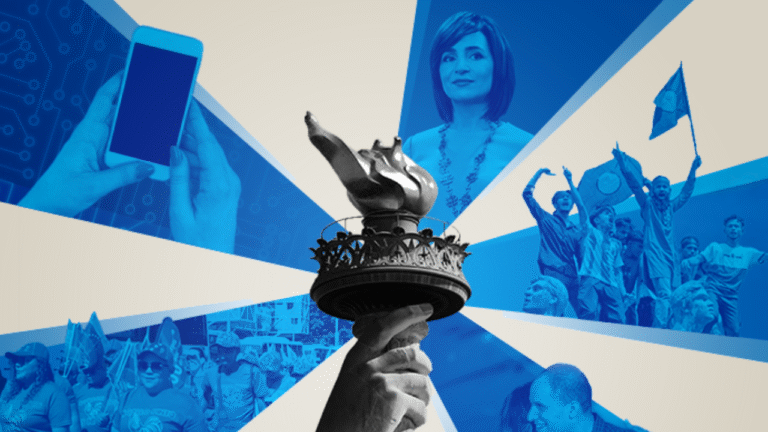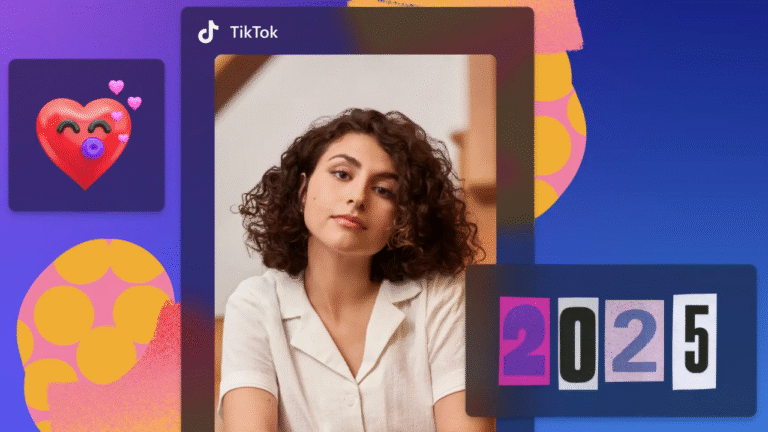Snapchat’s New AI Filters Explained: Cool or Creepy?
In a world where social media platforms are racing to integrate artificial intelligence into every swipe and scroll, Snapchat has taken a bold leap forward. With its newest generation of AI-powered filters, the app is pushing the boundaries of digital identity, facial augmentation, and real-time creativity.
But as these filters become more intelligent, more realistic, and more invasive, users are beginning to ask: Is this innovation cool or just plain creepy?
Let’s explore how these AI filters work, what they’re capable of, and what the response says about the future of augmented reality in everyday life.
What Are Snapchat’s AI Filters in 2025?
Snapchat’s AI filters have evolved far beyond the dog ears and flower crowns of the past. Today, they operate using advanced machine learning models that analyze facial structure, movement, lighting, and background in real time. The result is a filter experience that feels eerily seamless — like your face has actually changed.
These filters are designed not just to add layers of fun but to reshape your digital presence entirely. From gender swaps that mimic your bone structure to hyper-realistic makeup overlays that adjust based on ambient light, the new filters aren’t just skin-deep — they’re behaviorally aware.
They can mimic emotions, adjust based on your environment, and even generate entirely new versions of your face based on AI predictions. These aren’t filters anymore. They’re live AI cosmetic artists, character designers, and digital masks rolled into one.
How the Technology Works
At the core of Snapchat’s AI filter system is a blend of neural networks, computer vision, and generative models. Here’s how it plays out in real time:
- Facial Recognition: The camera maps 68 facial landmarks including eyes, nose, jawline, and eyebrows.
- Motion Tracking: As you speak, blink, or tilt your head, the AI adapts the overlay in real time.
- Deep Learning: The filter adapts to skin tone, light reflection, and background using training data pulled from millions of faces.
- GANs (Generative Adversarial Networks): In some filters, AI doesn’t just enhance — it generates entirely new visual outputs like fantasy creatures, aging predictions, or fictional personas.
The technology is efficient, fast, and surprisingly lightweight. What once required high-end processing now runs on the average smartphone.
The Cool Factor
There’s no denying that Snapchat’s new AI filters are fascinating, fun, and wildly creative. Here’s why many users love them:
- Hyper-Personalization: Filters that tailor themselves to your exact facial features make selfies feel more unique and flattering.
- Fantasy Meets Reality: Want to be a 1980s glam rock star or a futuristic cyber warrior? AI makes it possible in seconds.
- Content Creation: Influencers, artists, and casual users now have access to effects that rival big-budget editing software.
- Inclusive Design: AI models are being trained on diverse datasets, allowing for more accurate representation across skin tones, cultures, and gender expressions.
Snapchat has even started introducing AI face remixes, where users can blend their face with a celebrity, anime character, or historical figure to create original hybrid avatars. It’s imaginative. It’s addictive. And for many, it feels like harmless fun.
But Here’s the Creepy Side
With great innovation comes a creeping sense of unease. While these filters are visually impressive, there are valid concerns about privacy, consent, identity, and manipulation.
1. Data Collection and Usage
To make AI filters work, Snapchat collects a lot of data — facial points, biometric signatures, and behavioral input. The question is: Where does this data go? While Snap Inc. claims the data is anonymized, not everyone feels comfortable with their facial map sitting on a server somewhere.
2. Altered Reality and Self-Image
Filters used to exaggerate features playfully. Now, they reconstruct reality. A person may begin to prefer their filtered face over their real one, especially when the filter smooths skin, slims cheeks, and widens eyes with disturbing precision. For teens and young adults, this can lead to distorted self-image and digital dysmorphia.
3. Deepfake Potential
Some AI filters are so good they cross into deepfake territory. This makes it easier to impersonate others, spread misinformation, or create fabricated content without detection. What happens when anyone can convincingly replicate another person’s face and voice?
4. Consent Concerns
Snapchat’s filters can be applied to friends in group selfies. But are those friends consenting to being digitally altered, reshaped, or turned into a fictional character? Most users don’t realize how quickly AI can reconstruct faces in real time without anyone actively agreeing to it.
User Reactions: Divided but Vocal
Scrolling through TikTok or Reddit reveals a clear split. Some users are obsessed, sharing daily filter diaries or using AI avatars as their digital alter-egos. Others are wary, posting side-by-side comparisons of real vs. AI-filtered selfies to point out how far Snapchat has taken things.
There’s growing pushback from mental health advocates and parents, who argue that these filters encourage unrealistic beauty standards and harm younger users’ self-confidence.
Even among tech lovers, there’s debate over how much AI is too much. When filters begin replacing reality instead of enhancing it, where do we draw the line?
Snapchat’s Response
Snapchat isn’t ignoring the backlash. In recent updates, the app has added:
- Transparency tags that notify viewers when AI effects are in use
- Manual override options to reduce or limit certain beauty filters
- Ethical guidelines around body alteration, nudity simulation, or racial inaccuracies
The company has also increased its focus on educational content, promoting digital literacy about how AI filters work and how they might influence perception.
Final Verdict: Cool or Creepy?
The truth is, Snapchat’s AI filters are both. They’re cool because they stretch the limits of technology, creativity, and self-expression. But they’re also creepy because they blur the line between reality and fiction in ways we’re not fully prepared for.
In 2025, as augmented reality becomes a daily experience, the tools we use must come with a deeper understanding of their effects on identity, consent, and culture. Snapchat has given us a glimpse into what’s possible — and it’s up to us to decide how far we want to go.
If we can balance innovation with awareness, AI filters can remain a source of joy and creativity. If we lose that balance, we risk turning the internet into a distorted mirror that reflects who we want to be — but not who we are.
Stay in touch to get more news & updates on The Knowled Gearrow!






